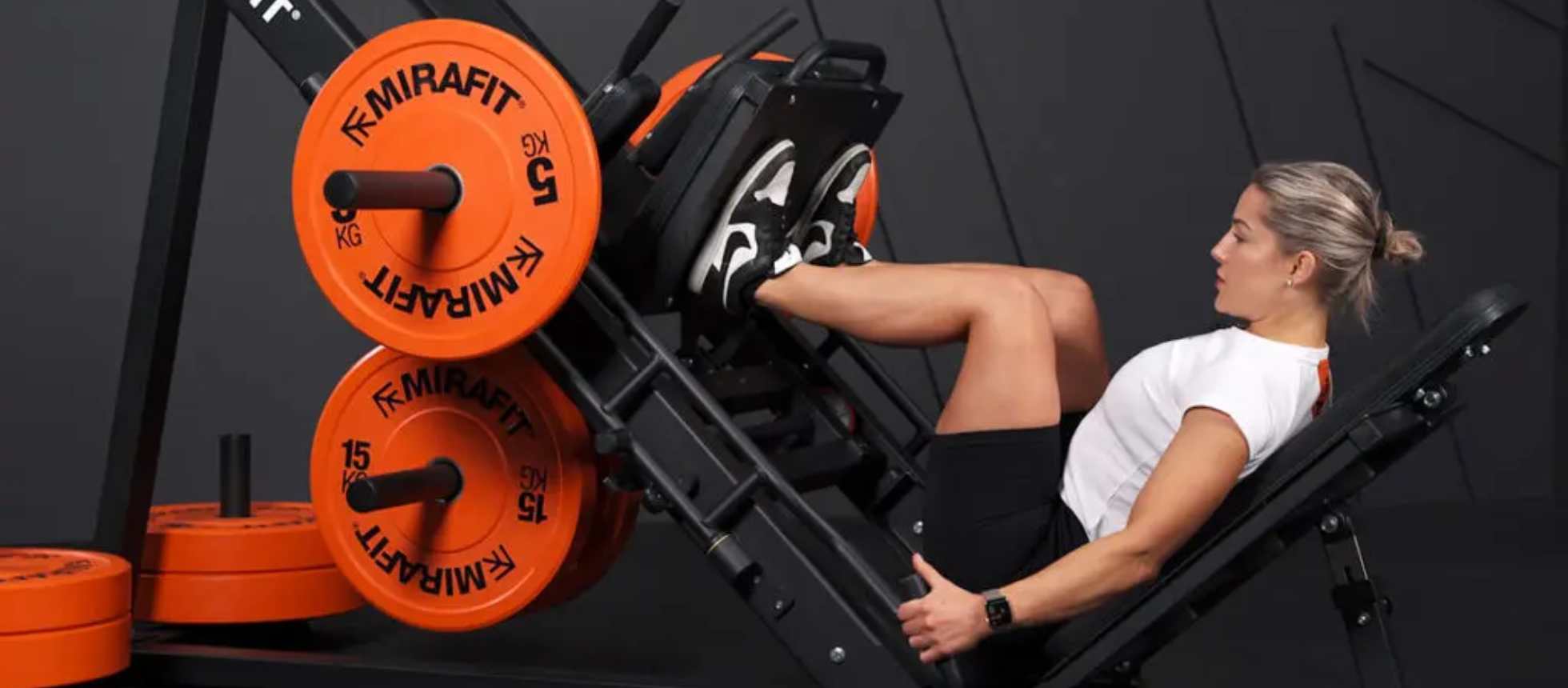While the gym remains one of the safest places for physical activity, certain machines pose inherently higher risks than others. Understanding these dangers and how to mitigate them can mean the difference between a productive workout and a trip to the emergency room.
1. Vertical Leg Press
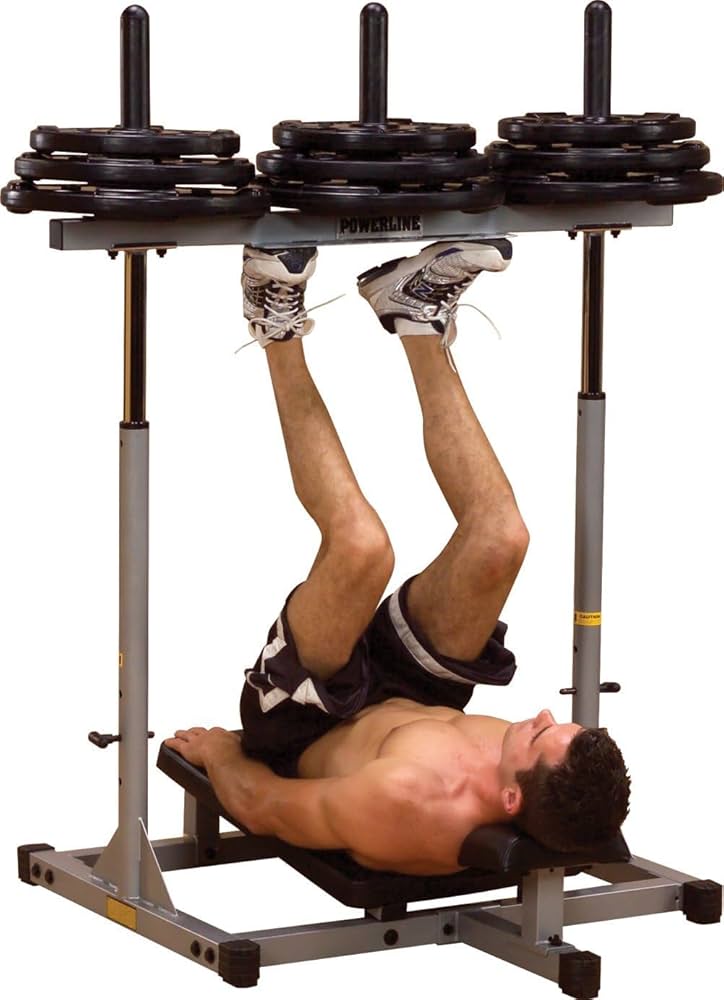
The vertical leg press tops our list due to its unique ability to place ultra high forces through your spine in a rounded position. Unlike traditional leg presses, this machine forces users into a compromised spinal position while handling heavy loads. The limited range of motion for quad development makes it an inferior choice compared to 45-degree leg presses. The solution? Simply avoid this machine altogether and opt for safer alternatives that provide better muscle activation.
2. Smith Machine
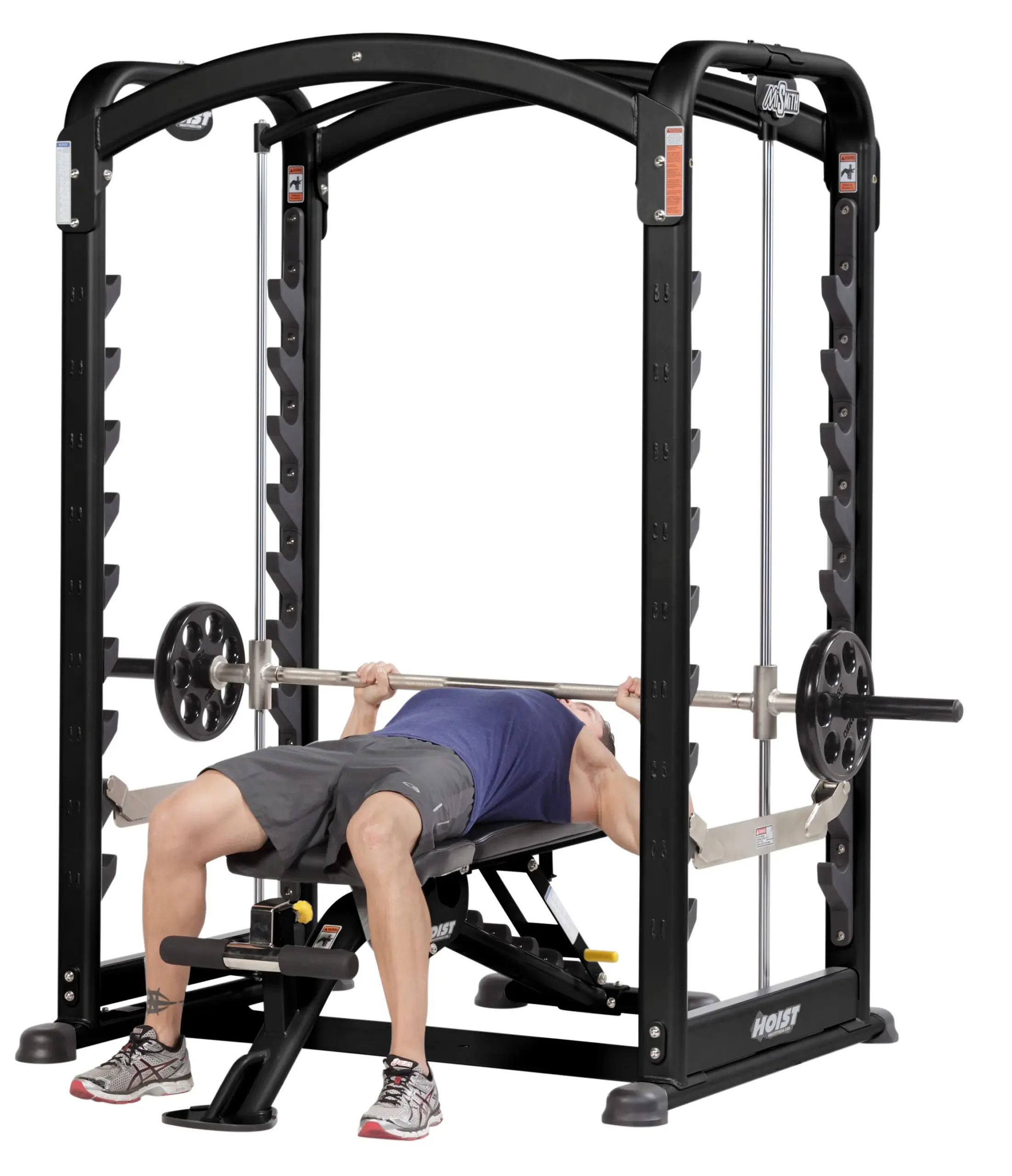
Contrary to popular belief, Smith machines are actually more dangerous than free weights. The fixed bar path allows users to position themselves in ways that would be impossible with a regular barbell, creating dangerous leverage positions. If you get pinned under a Smith machine, what are you supposed to do about it? Unlike free weights where you can dump plates or shimmy out, the Smith machine can make you stuck with nowhere to go.
To use Smith machines safely, ensure proper positioning by marking foot placement, maintaining center alignment, and always having a spotter present. The machine’s perceived safety is its greatest danger.
3. Hack Squat
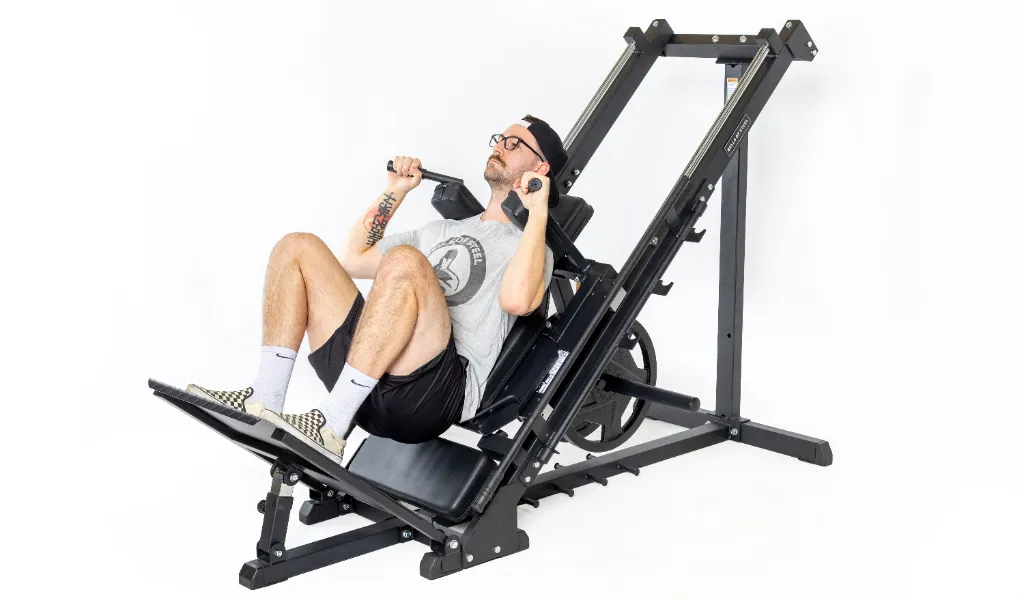
The hack squat’s design creates maximum tension at the bottom position, making it excellent for hypertrophy but dangerous when failure occurs. If you can’t get out of the bottom, you’re kind of stuck. The deep range of motion combined with the inability to dump the weight creates a trap for users who push too hard.
Safety measures include having one or two spotters for heavy sets and knowing your limits. Unlike barbell spotting, machine spotting is simpler – spotters just need to pull up on the weight.
4. The Monolith
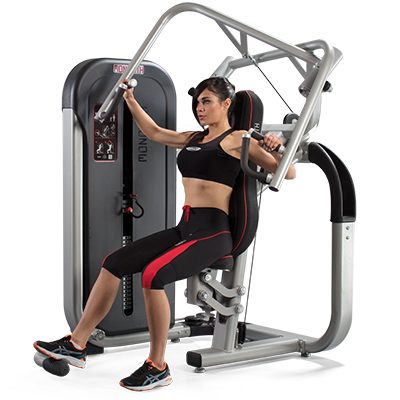
This specialized powerlifting machine features hooks that swing out once you unrack the bar, leaving you completely on your own. The unusual unracking process can feel disorienting, and re-racking can be unstable as the hooks will shake and sometimes the weight will pop back out.
Proper monolith use requires technical spotters experienced with the equipment, preferably two to three competitive powerlifters. Safety chains or belts are essential, and learning from experienced lifters is mandatory before attempting heavy weights.
5. Power Rack
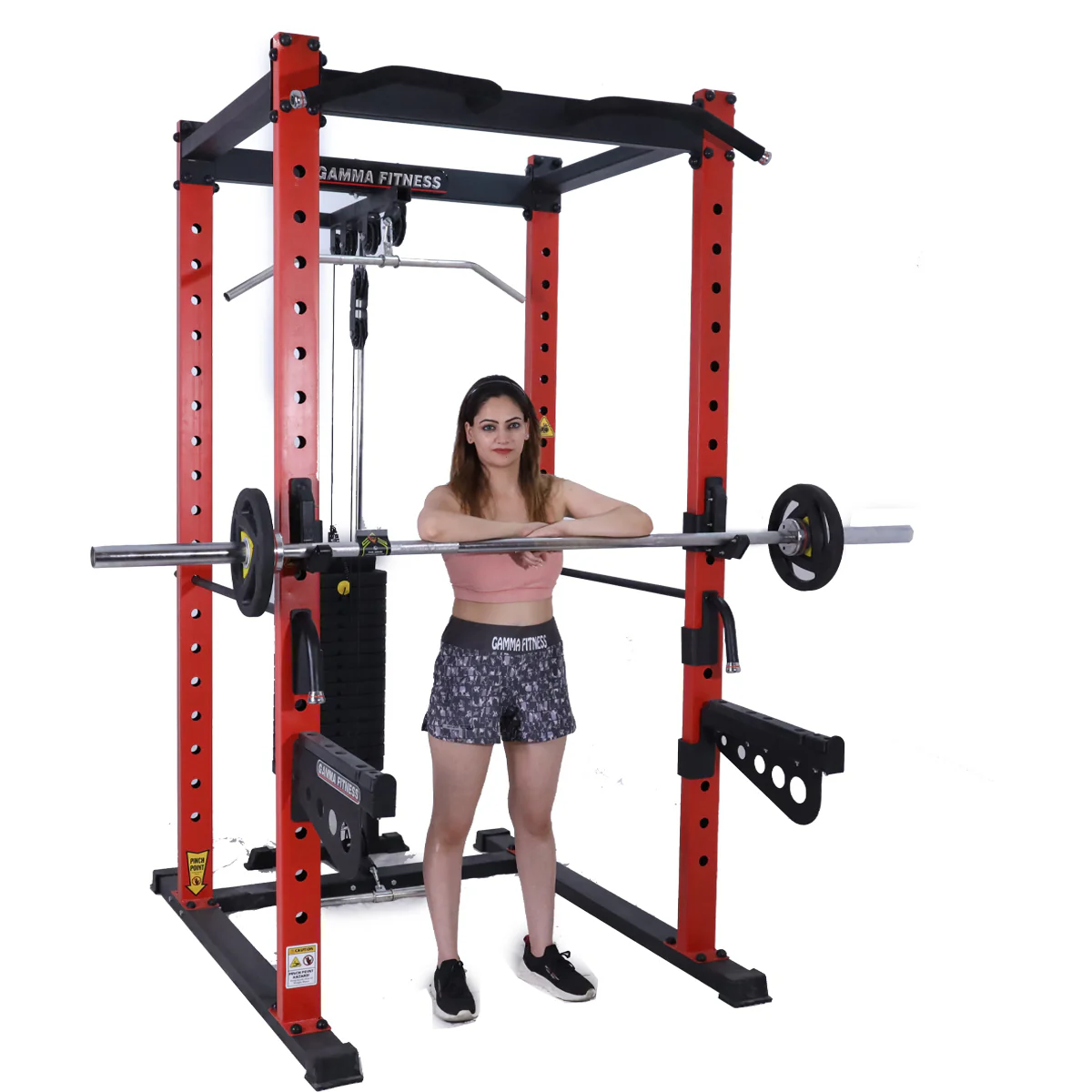
The humble power rack makes the list because it provides unlimited freedom to make mistakes. Unlike machines that guide movement patterns, racks allow users to get real off center and do some real gnarly stuff. The combination of heavy weights and unrestricted movement creates opportunities for serious injury, especially among those prioritizing ego over technique.
The solution involves mastering proper technique, using appropriate spotters, and avoiding the temptation to show off with weights beyond your capability.
Regardless of equipment choice, few key principles minimize injury risk: maintain stable, consistent technique, control eccentric movements and rebounds, warm up thoroughly, and increase weights gradually. Most importantly, avoid “yolo fudgery” – attempting impressive lifts without proper preparation.
Remember, the gym remains statistically safer than most daily activities. These machines aren’t inherently evil, but they demand respect and proper technique to use safely.

